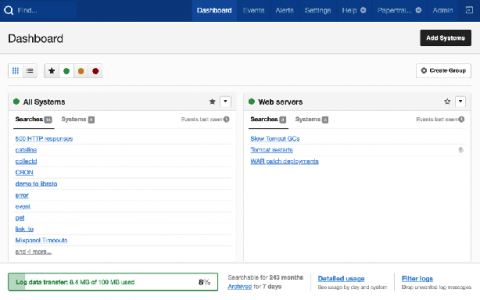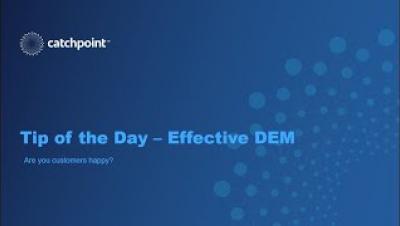Operations | Monitoring | ITSM | DevOps | Cloud
Monitoring
The latest News and Information on Monitoring for Websites, Applications, APIs, Infrastructure, and other technologies.
Page Load Time vs. Response Time - What Is the Difference?
5 Benefits of Cloud-Based Log Aggregation Tools
Can AWS API Gateway Act as a Load Balancer?
TL;DR: yes, API Gateway can replace what a Load Balancer would usually provide, with a simpler interface and many more features on top of it. The downside is that it doesn’t come cheap. Load balancers have been one of the most common ways to expose a backend API to the public or even to an internal/private audience. API Gateways seem to provide the same functionality: map and connect HTTP requests to a backend service. So, are they the same or are there any differences?
Tip of the Day - Effective DEM
May the 4th Be With You!
This post was written by InfluxAce Nikki Attea A long time ago in a galaxy far, far away the phrase “May the Force be with you” originated to wish those good luck before parting ways, oftentimes before a journey or battle.
How to scale Prometheus monitoring
Gartner's Critical Capabilities for 2020: Helping Business Leaders Understand the Value of APM
The biggest takeaway from Gartner’s 2020 Critical Capabilities report: Business leaders have a larger stake than ever in APM buying decisions.
Distributed tracing with OpenTelemetry - Stack Doctor
Monitor Confluent Platform with Datadog
Confluent Platform is an event streaming platform built on Apache Kafka. If you’re using Kafka as a data pipeline between microservices, Confluent Platform makes it easy to copy data into and out of Kafka, validate the data, and replicate entire Kafka topics. We’ve partnered with Confluent to create a new Confluent Platform integration.










